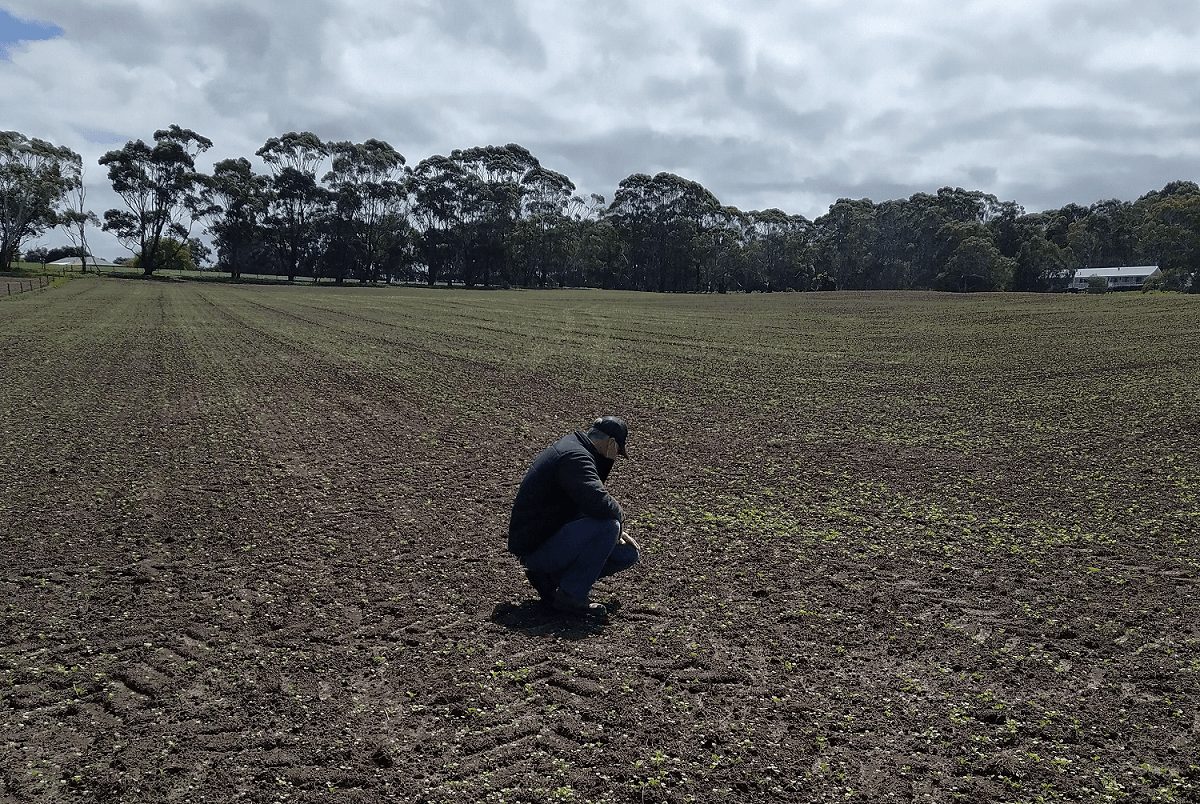Read the latest on the use of summer forages with thoughts from Andrew Allsop, a member of our Western Victorian pasture team Spring and early summer paddock renovation provides an opportunity to establish home grown feed for summer, autumn and if intended winter forage. Spring and summer sown forage can be used for a variety of reasons, but the main reasons are to form part of your annual pasture renovation program and the other to produce valuable feed at key times when permanent pastures are of low quality and quantity. At Notman Pasture Seeds, both our Gippsland & Western Vic teams have access to a wide range of cultivars – it’s just a matter to constructing a plan that suits […]
Tag: Summer Forage
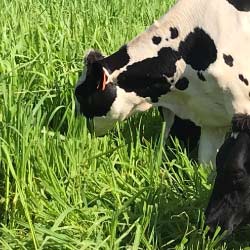
Diverse summer crops. Flexibility, Reliability and Regrowth
Spring is a critical time of year, especially for preparing for summer and autumn grazing crops. With Southern Victorian moisture levels largely the early part of the season bodes well for yield potential and quality. Across mixed farming platforms including sheep, beef and dairy premium mixed forage crops have shown their worth across many measures – with improved growth, quality, persistence, palatability and insect tolerance. Peter Notman, dairy farmer at Walcha and owner of Notman Pasture Seeds says results from grazing newer varieties of diverse summer crops have been exceptional, importantly continuing to offer flexibility, reliability and strong re-growth. “Like most regions we cannot get enough grazing tDM and quality off existing ryegrass & clover pasture base over summer to […]
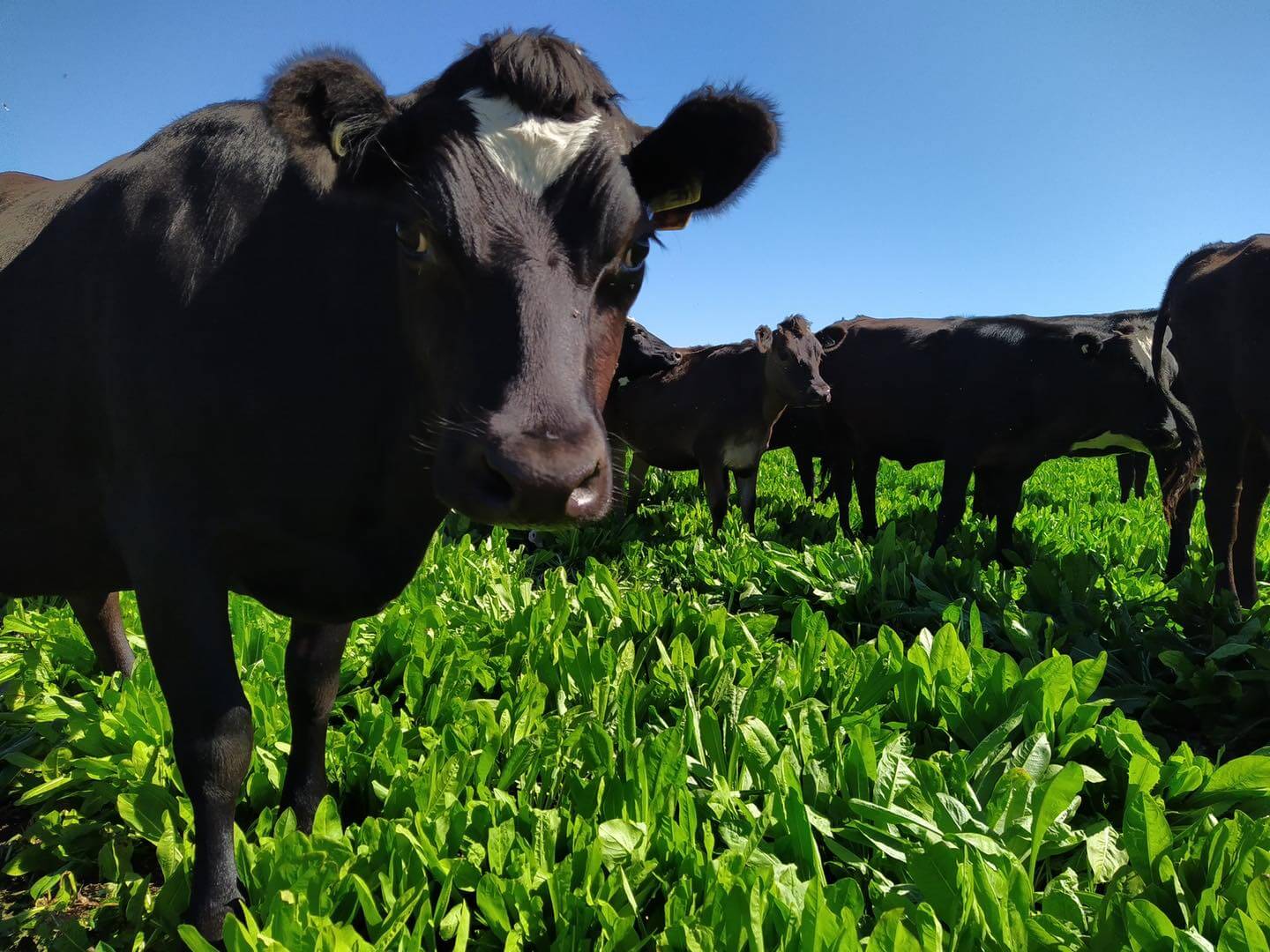
Chicory – a proven winner in Gippsland
Chicory – a proven champion. “In the thirteen years we have grown chicory we have naturally had dry years, but the year on year reliability of chicory has been proven to be a real champion” There was often a dramatic need for extra feed during the autumn months, so in 2003 I began planting Chicory. As the farm being mostly red soil it was hard to grow home grown feed at that time of year. Back then we planted full paddocks of chicory at a time from early to mid-September. The chicory grew really well, and with this spring planting and moisture available we would often be grazing within seven weeks of sowing. The chicory was grazed from late spring, […]
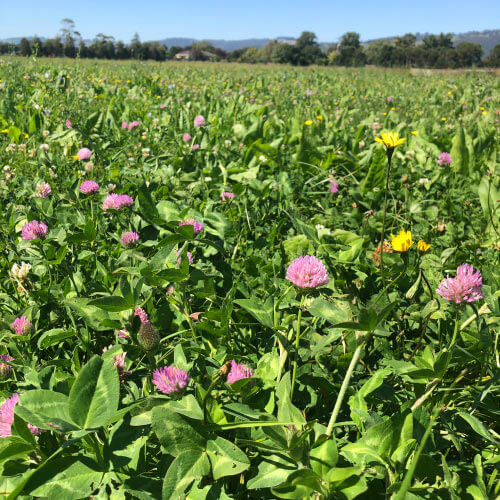
Forage diversity with multi specie blends
Benefits of multi specie pasture swards are not a new occurrence, however there’s renewed interest in what diverse swards can offer modern production systems. Well-designed multi species pastures will have a diversity that can increase overall yield, diet composition and reduces the risks of a range of environmental challenges. On the flip side there are things to be aware of when grazing alternative crops such as optimising establishment, limited weed control and animal health issues such as high levels of nitrate in brassicas. Peter Notman, dairy farmer and forage specialist at Notman Pasture Seeds in Poowong says some producers add different varieties of seed to their standard winter and summer pasture stands to provide more forage diversity and drought hardiness. […]
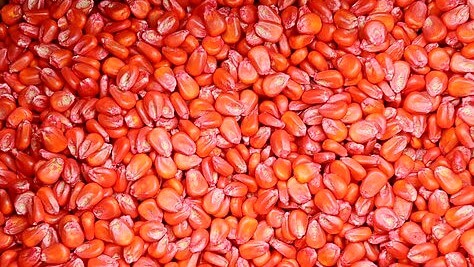
Understanding maize sizing
When maize seed goes through the conditioning process, it is separated into fractions based on kernel size and shape creating uniformity. Fractions of seed corn in different kernel sizes averaged across leading Pioneer ® brand hybrid families in the northern U.S. SEED SIZE OVERVIEW Image supplied by Du Pont Pioneer IMPACT OF SEED SIZE SEED SIZE & RELATIVE IMPACT ON MAIZE YIELD Nearly all kernel sizes can be successfully planted with all planter types. Additional adjustment may be required in some cases KERNEL SIZE PLANTABILITY Kernel size-plantability guidelines for air, vacuum, finger pick-up and plate-type planters August 13, 2018







